Disclosure: This article contains affiliate links. We may earn a commission from purchases at no extra cost to you, which helps our travel content.
There exists a particular magic in traversing vast distances by rail—a meditative rhythm that connects landscapes and histories in ways air travel simply cannot. This autumn, as the subtropical humidity of Hong Kong gave way to crisp northern air in Beijing, I embarked on what can only be described as the quintessential luxury rail journey across China's dramatic eastern corridor. The 2,500-kilometer passage, made seamless by China's remarkable high-speed rail network and punctuated by nights in some of Asia's most exquisite accommodations, offered a perspective on China's rapid modernization juxtaposed against its imperial legacy. As someone who has documented transit systems across four continents, I found this particular journey—with its blend of colonial remnants, technological prowess, and cultural preservation—to be uniquely compelling. Join me as I chronicle this two-week odyssey of refined indulgence and historical discovery.
Hong Kong: Colonial Elegance Meets Vertiginous Modernity
My journey commenced in Hong Kong, that magnificent vertical city where British colonial architecture stands in elegant contrast to one of the world's most dramatic skylines. I spent three nights at the legendary Mandarin Oriental Hong Kong, a property whose 1963 origins marked the beginning of Asia's luxury hospitality revolution. The harbor-view suite provided the perfect vantage point to contemplate the city's remarkable evolution—from colonial outpost to global financial powerhouse.
During my stay, I dedicated a full day to exploring the city's remarkable transit infrastructure. The Peak Tram, renovated in 2021, remains an engineering marvel, climbing at improbable angles to deliver passengers to Victoria Peak's panoramic vistas. The original tram, inaugurated in 1888, represented Victorian ingenuity at its finest; today's iteration maintains that spirit while incorporating modern safety standards and increased capacity.
Hong Kong's colonial history reveals itself most profoundly in its Central District, where I wandered through the Flagstaff House Museum of Tea Ware—Hong Kong's oldest colonial building—and the former Central Police Station compound, now transformed into the Tai Kwun Centre for Heritage and Arts. The adaptive reuse of these structures represents preservation at its most thoughtful, maintaining architectural integrity while breathing new cultural purpose into spaces once synonymous with imperial authority.
In the evening, dinner at the three-Michelin-starred Lung King Heen offered a transcendent culinary experience. Chef Chan Yan Tak's delicate dim sum and perfectly executed Cantonese classics remind us that true luxury often resides in simplicity executed with extraordinary precision.

💡 Pro Tips
- Book the Peak Tram for early morning (before 9am) to avoid the queues that form later in the day
- Request the Statue Square view at the Mandarin Oriental for the most dramatic cityscape
- The Tai Kwun complex offers free guided architectural tours every Tuesday—book at least a week in advance
The High-Speed Rail Experience: First-Class to Guangzhou
The journey from Hong Kong to Beijing unfolds in stages, with the first leg taking me from Hong Kong's gleaming West Kowloon Station to Guangzhou South. This architectural marvel, designed by Andrew Bromberg, serves as a fitting gateway for China's high-speed rail network. With soaring ceilings and natural light flooding through its expansive glass façade, the station stands as a cathedral to modern mobility.
I settled into the Business Class cabin of the Vibrant Express G80, where the attentive service began immediately with welcome tea and hot towels. The cabin's spacious seats—more akin to those in international business-class air travel than traditional rail—recline generously and feature individual power outlets, adjustable reading lights, and surprising privacy. As we departed, the train accelerated with remarkable smoothness to cruising speeds exceeding 300 km/h.
For this journey, I relied on my noise-cancelling headphones to create a cocoon of tranquility, allowing me to fully appreciate the changing landscapes while listening to Yo-Yo Ma's Silk Road Ensemble—a fitting soundtrack for this modern journey along ancient trade routes.
The 48-minute journey to Guangzhou—a distance that would have required nearly two hours by conventional rail just a decade ago—passed in contemplative comfort. Through the panoramic windows, I observed the gradual transformation from Hong Kong's dense urbanity to the Pearl River Delta's agricultural expanses, punctuated by clusters of newly constructed high-rises—physical manifestations of China's economic metamorphosis.
Upon arrival in Guangzhou, I was struck by how seamlessly the station integrates with the city's metro system—a masterclass in transit-oriented development that many Western cities would do well to study.
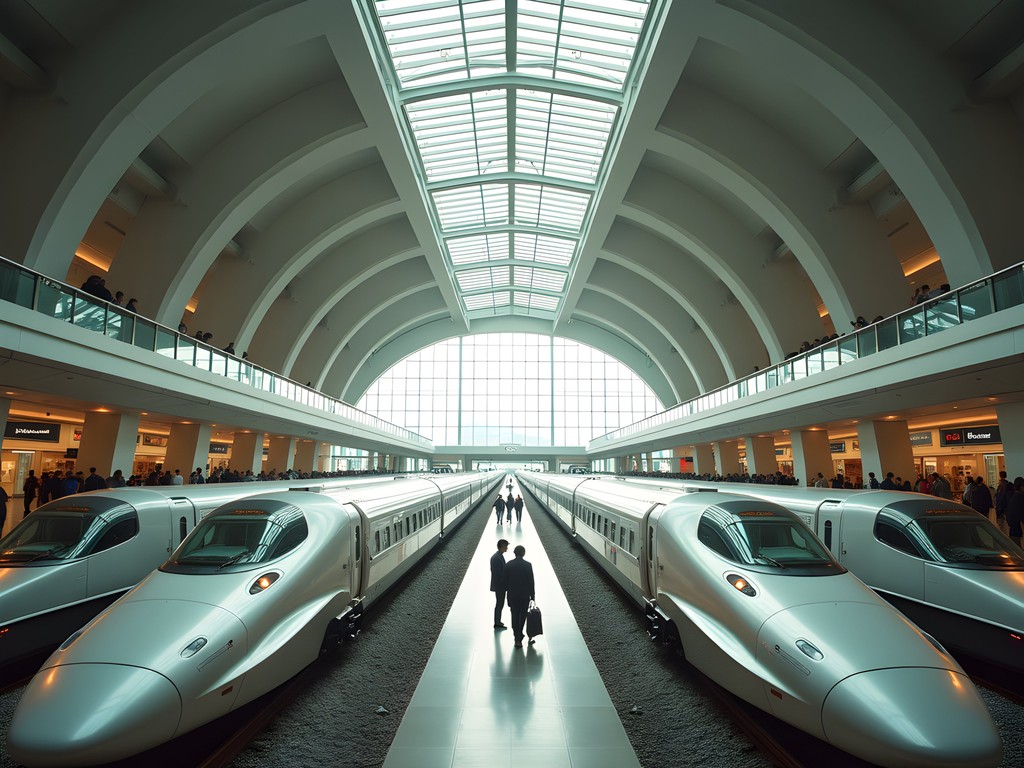
💡 Pro Tips
- Book Business Class tickets at least two weeks in advance through the China Railway website or the Trip.com app
- Arrive at West Kowloon Station 45 minutes before departure to clear immigration and security without rushing
- Pack a lightweight cashmere wrap as the air conditioning can be quite powerful in the business class cabins
Guangzhou: A Night of Colonial Nostalgia
Guangzhou, historically known to Westerners as Canton, served as my first overnight stop. This metropolis of 15 million people was once the sole point of contact between Imperial China and Western traders, a history that manifests in its unique architectural heritage. I checked into the Four Seasons Hotel Guangzhou, occupying floors 74 through 98 of the iconic IFC tower. My Pearl River-view suite offered vertiginous perspectives of the city's nightly light show, where buildings along both banks orchestrate a synchronized illumination that rivals Hong Kong's Symphony of Lights.
The true highlight of Guangzhou was exploring Shamian Island, a sandbank in the Pearl River that served as the exclusive foreign concession during the late Qing Dynasty. Walking its tree-lined avenues, I encountered one of China's best-preserved collections of colonial architecture—Gothic, Baroque, and Neoclassical structures that once housed trading companies, consulates, and the homes of foreign merchants. The former British and French territories remain distinct in architectural style, with the Victorian-era Our Lady of Lourdes Chapel standing as perhaps the most photogenic remnant of this complex period in Sino-European relations.
I was particularly moved by the former British Consulate, now housing the Guangdong Gallery. Its restoration has been executed with remarkable attention to detail, down to the reproduction of original paint colors and the preservation of period furnishings. Standing in its garden, where trade negotiations once shaped the economic destinies of both East and West, I contemplated the complex legacy of colonial presence—the exploitation and cultural exchange existing in uneasy parallel.
Dinner at Jiang by Chef Fei provided a masterclass in contemporary Cantonese cuisine. His signature dish—a seemingly simple but technically virtuosic char siu (barbecued pork) glazed with aged Zhenjiang vinegar—exemplifies the current renaissance in regional Chinese cooking, where tradition and innovation coexist harmoniously.
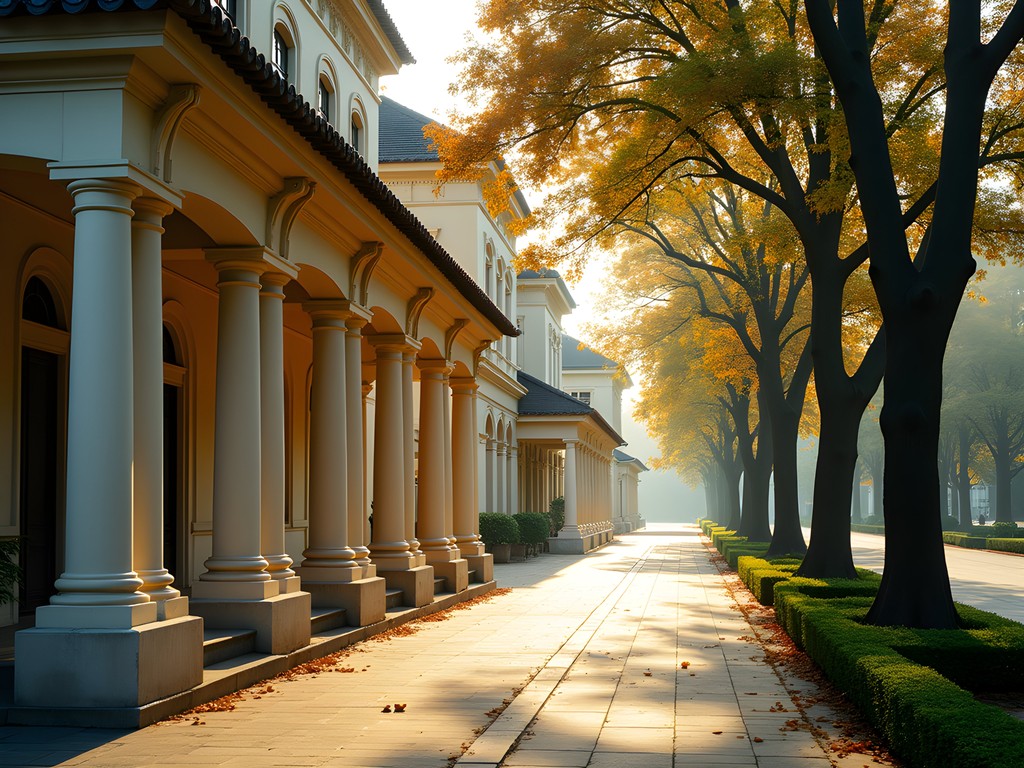
💡 Pro Tips
- Request a north-facing room at the Four Seasons for the best views of Guangzhou's skyline
- Visit Shamian Island in early morning when local residents practice tai chi beneath the banyan trees
- The Guangdong Folk Art Museum on Shamian Island houses an exceptional collection of regional crafts and is often overlooked by visitors
The Overnight Sleeper: Luxury on Rails to Shanghai
From Guangzhou, I continued northward on perhaps the most indulgent segment of my journey—the overnight high-speed sleeper train to Shanghai. China's relatively new luxury sleeper service represents the pinnacle of terrestrial travel, combining the romance of overnight rail journeys with the speed and comfort of modern technology.
The Deluxe Soft Sleeper cabin—essentially a private hotel room on rails—features a comfortable double bed with premium linens, en-suite bathroom with shower, and a dedicated attendant who provides turndown service and morning wake-up calls with freshly brewed tea. As we departed Guangzhou in early evening, I settled in with a book from my Kindle Paperwhite, the perfect travel companion for bibliophiles concerned with luggage weight.
Dinner was served in the dining car, where white tablecloths and fresh flowers created an atmosphere of refined elegance. The menu featured regional specialties from provinces along our route—a culinary journey paralleling our geographical one. I opted for the steamed Mandarin fish with Shaoxing wine, accompanied by a surprisingly good Chinese Chardonnay from the Ningxia region.
As we hurtled through the darkness at speeds approaching 350 km/h, I reflected on how this journey would have been unimaginable just fifteen years ago. China's development of over 38,000 kilometers of high-speed rail in less than two decades represents perhaps the most ambitious transportation infrastructure project in human history. The economic and social implications are profound—cities once separated by day-long journeys now exist in the same economic sphere, connected by commutes of mere hours.
I awoke as dawn broke over Jiangsu Province's agricultural landscapes—geometric patterns of rice paddies stretching to the horizon, occasionally interrupted by clusters of traditional villages and, increasingly, new industrial parks. The morning light cast a golden glow over this tableau of contemporary China, where ancient agricultural practices and cutting-edge manufacturing exist in remarkable proximity.
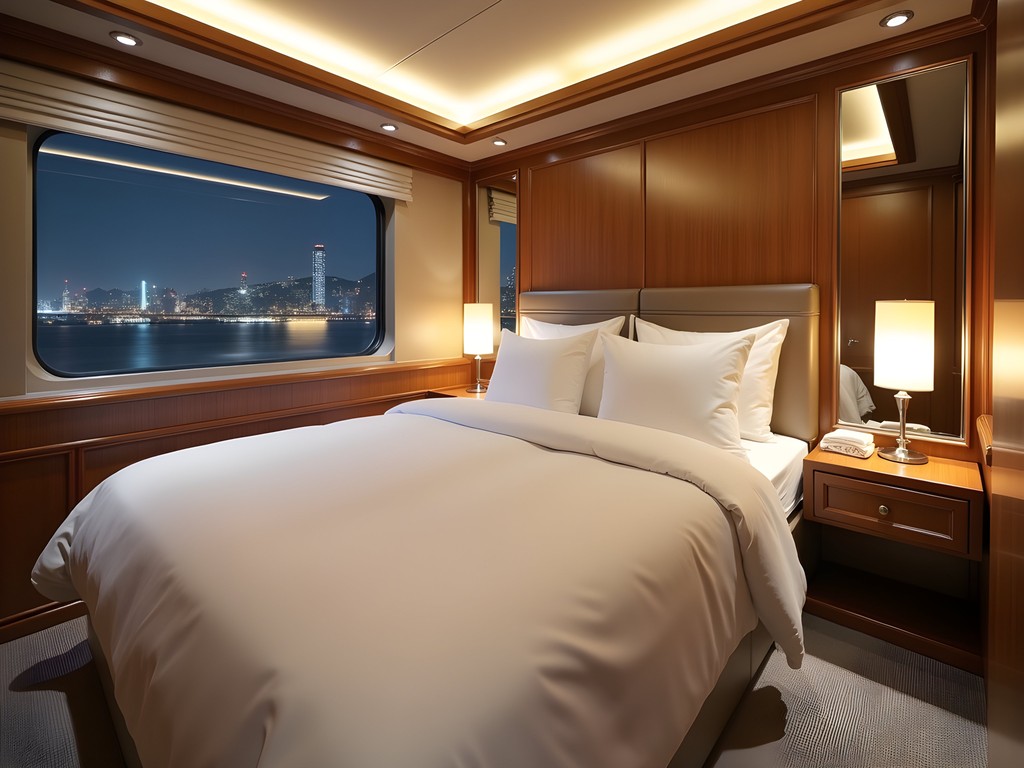
💡 Pro Tips
- Book the Deluxe Soft Sleeper cabin at least one month in advance as there are only two per train
- Pack a lightweight silk sleep mask as the corridor lights remain dimly lit throughout the night
- Dinner reservations in the dining car should be made immediately upon boarding to secure preferred dining times
Shanghai: Art Deco Splendor and Contemporary Art
Shanghai greeted me with its distinctive skyline—the futuristic towers of Pudong creating a science fiction backdrop to the historic Bund. I checked into the Peninsula Shanghai, whose Art Deco aesthetics pay homage to the city's 1920s golden era while delivering thoroughly contemporary luxury. My suite overlooked the Huangpu River, providing front-row views of the architectural dialogue between colonial-era buildings and their 21st-century counterparts across the water.
My fascination with Shanghai centers on its remarkable preservation of Art Deco architecture—perhaps the world's largest collection outside Miami and Mumbai. I spent a full day exploring the former French Concession, where streets lined with plane trees lead to hidden architectural gems. The Wukang Building (formerly the Normandie Apartments), designed by László Hudec in 1924, stands as perhaps the finest example of this style, its ship-like form commanding the intersection of Huaihai and Wukang Roads.
For art enthusiasts, Shanghai offers an embarrassment of riches. The Power Station of Art—China's first state-run contemporary art museum—occupies a former power station and rivals London's Tate Modern in both scale and curatorial ambition. During my visit, an exhibition exploring the intersection of technology and traditional Chinese aesthetics particularly resonated with my interests in how cultures navigate modernization while maintaining connection to their heritage.
Dinner at ultraviolet by Paul Pairet delivered what might be Asia's most theatrical dining experience. The 20-course avant-garde meal unfolds in a room where lighting, music, projections, and even scents change with each course. While such concept-driven dining can sometimes prioritize spectacle over substance, Pairet's technical mastery ensures that each surprising bite delivers genuine gastronomic pleasure alongside intellectual stimulation.
For capturing Shanghai's remarkable visual contrasts, I relied on my travel camera. Its exceptional low-light performance proved invaluable for evening photography along the Bund, while its compact size made it unobtrusive for street photography in the former concessions. The camera's ability to capture both architectural details and atmospheric street scenes made it the perfect companion for documenting Shanghai's multifaceted character.

💡 Pro Tips
- Book the Peninsula's historic architectural walking tour—led by resident historian Peter Hibbard, it offers insights rarely found in guidebooks
- Visit the Power Station of Art on Thursday evenings when it remains open until 9pm and hosts frequent artist talks
- The French Concession is best explored by bicycle—the Peninsula offers complimentary vintage-style bikes for guests
Beijing: Imperial Grandeur and Privileged Access
The final leg of my rail journey delivered me to Beijing South Station, a structure whose scale and architectural ambition reflect the capital's status. From there, I transferred to the Waldorf Astoria Beijing, whose location in the former Legation Quarter places it at the historical nexus of Chinese-Western relations.
While Beijing's imperial sites are well-documented, true luxury lies in experiencing them without the crowds that typically diminish their contemplative power. Through the hotel's connections, I arranged a private early-morning visit to the Forbidden City before its official opening hours. Walking through the Hall of Supreme Harmony in near solitude, with morning light casting long shadows across its courtyards, offered a rare opportunity to appreciate the architectural sophistication and symbolic power of this 15th-century imperial complex.
Equally memorable was an after-hours tour of the Temple of Heaven, where I was permitted to enter the Imperial Vault of Heaven—typically closed to visitors. The vault's remarkable acoustics, where a whisper against the wall can be clearly heard at the opposite side, demonstrate the sophisticated understanding of physics possessed by Ming Dynasty architects.
For exploring Beijing's historic hutong neighborhoods, I arranged a private sidecar tour with Beijing Sideways. My guide—a French architectural historian who has documented Beijing's traditional courtyard homes for over a decade—provided context that transformed what might have been mere sightseeing into a meaningful engagement with the city's architectural heritage. We explored areas undergoing thoughtful preservation rather than commercial exploitation, where residents maintain traditional lifestyles within carefully restored structures.
The culinary pinnacle of Beijing remains Duck de Chine, where chef Yuan Chaoying elevates Peking duck to an art form. The tableside carving ritual—producing 28 precise slices per duck, each with the ideal ratio of skin to meat—represents Chinese culinary tradition at its most refined. The restaurant's dedicated duck sommelier paired our meal with a remarkable Chinese ice wine from Liaoning Province, challenging Western preconceptions about Chinese viticulture.
For comfortable exploration of Beijing's vast historical sites, I relied on my walking shoes, which proved invaluable for covering the considerable distances within the Forbidden City and Summer Palace while maintaining the polished appearance expected in luxury settings.
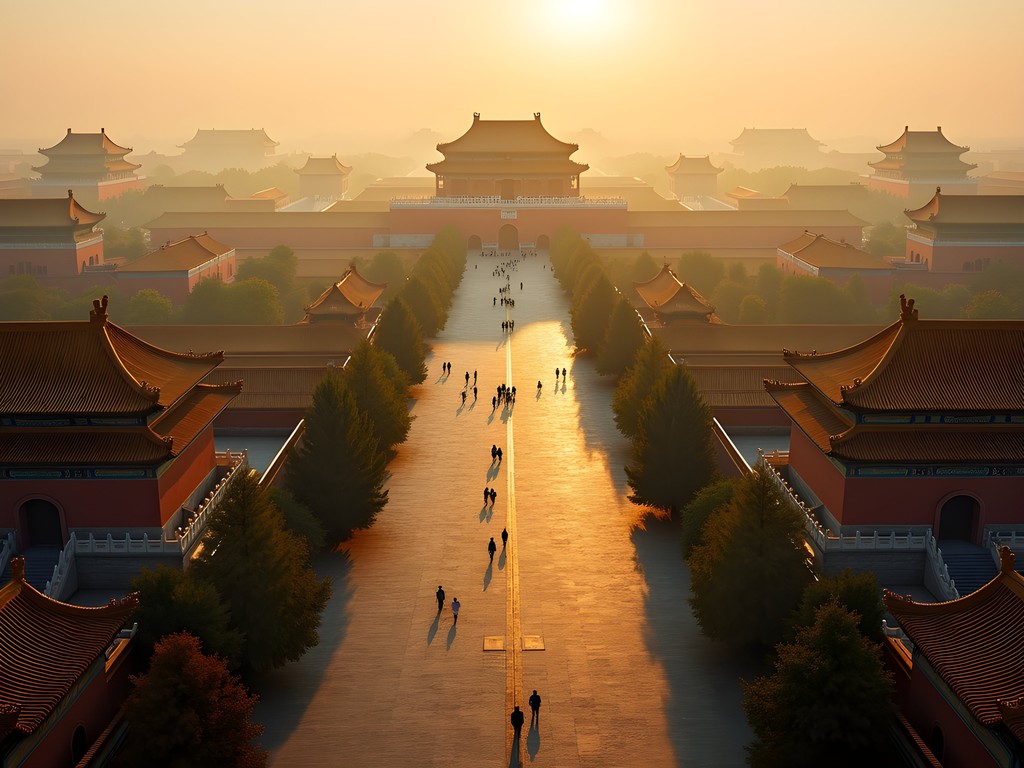
💡 Pro Tips
- Request the hotel's 'Forbidden Morning' package at least three weeks in advance for private early access to the Forbidden City
- Visit the less-frequented Eastern sections of the Temple of Heaven complex, where local seniors gather for traditional music performances each morning
- The Legation Quarter contains several unmarked historical buildings—ask the hotel concierge for their self-guided walking tour map
Final Thoughts
This transcontinental journey by rail—from the subtropical dynamism of Hong Kong to the historical gravitas of Beijing—offers a perspective on China's past and present that no flight could provide. The luxury of this experience lies not merely in the material comforts of five-star accommodations and business-class rail travel, but in the privileged access to cultural and historical treasures without the crowds that typically diminish their impact. As China continues its remarkable economic ascent, this rail corridor serves as both physical infrastructure and metaphorical backbone for a nation simultaneously embracing modernity while reconnecting with its imperial heritage. For those seeking to understand contemporary China beyond headlines and stereotypes, there exists no more illuminating journey than this elegant traverse across its eastern seaboard—a journey that reveals, through the panoramic windows of its world-class high-speed trains, the complex interplay between tradition and innovation that defines this remarkable civilization.
✨ Key Takeaways
- Luxury train travel in China rivals first-class air travel while providing deeper cultural immersion
- Private access to imperial sites transforms the experience from tourism to genuine cultural engagement
- The architectural contrast between colonial heritage and modern development tells the story of China's complex relationship with the West
- China's high-speed rail network represents perhaps the most significant transportation infrastructure achievement of the 21st century
📋 Practical Information
Best Time to Visit
Mid-September to early November (autumn)
Budget Estimate
$15,000-$20,000 per person for the complete two-week journey
Recommended Duration
12-14 days
Difficulty Level
Easy

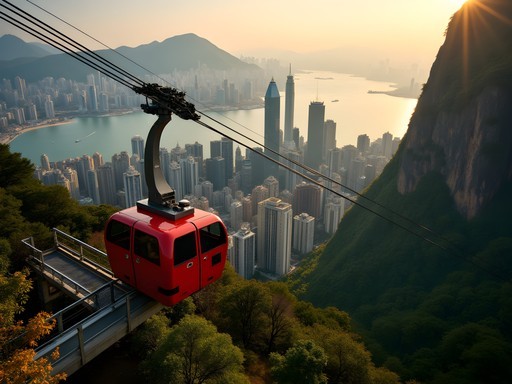

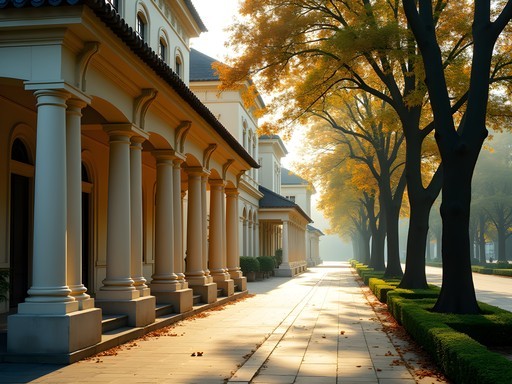
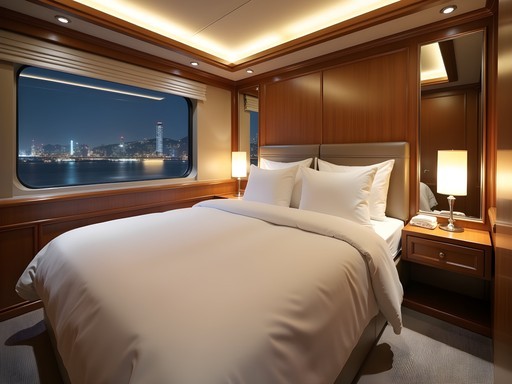

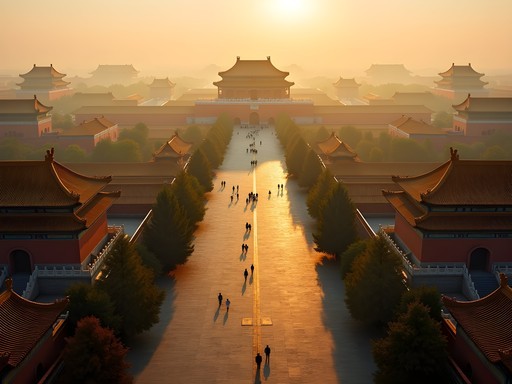


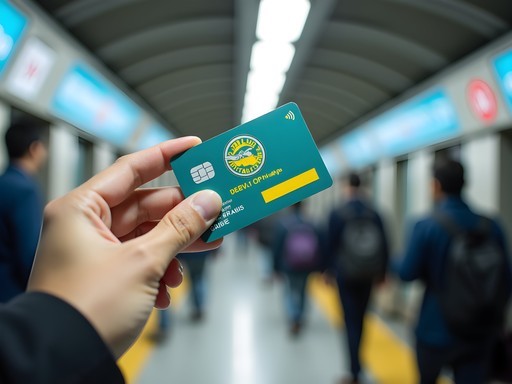
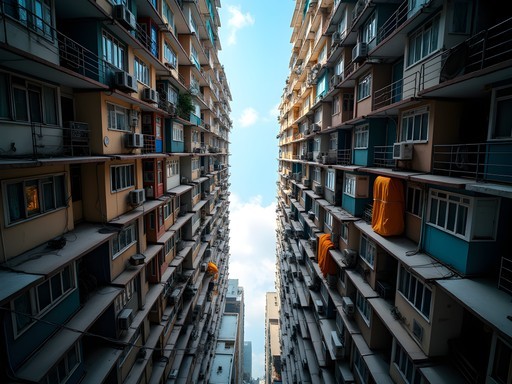
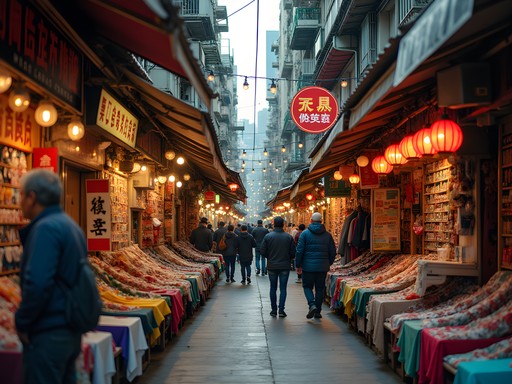
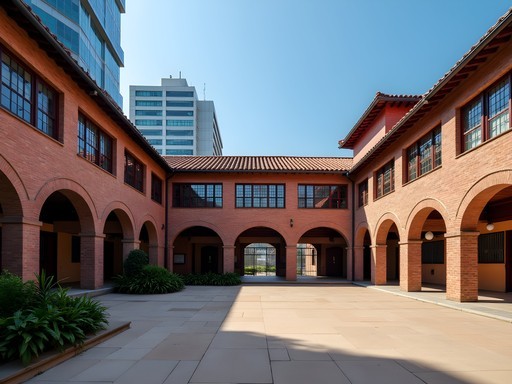
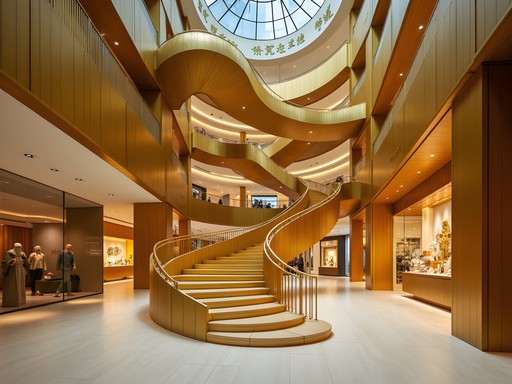
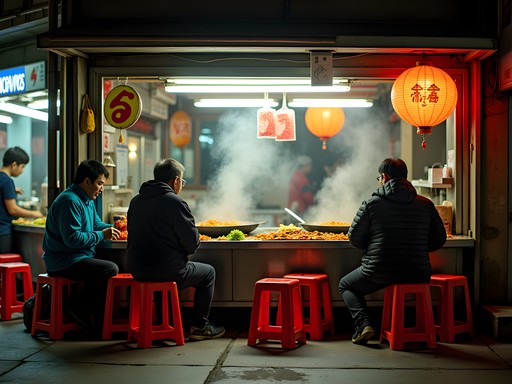
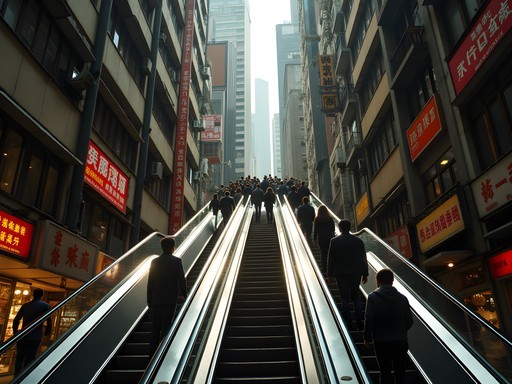
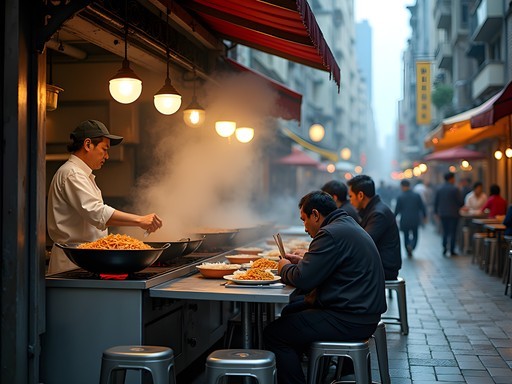
Comments
Taylor Moreau
Excellent write-up, Nicholas. I completed a similar journey last year for a business magazine feature. For those considering this route, I'd add that the business class lounge at West Kowloon Station is worth arriving early for - excellent dim sum and champagne. One tip: the Peninsula Beijing's location near the Forbidden City allows for early morning visits before the crowds arrive. Their concierge can arrange special access to sections typically closed to the public. The contrast between Hong Kong's vertical energy and Beijing's horizontal sprawl is something every serious traveler should experience.
AsianExplorer22
Those hotel photos are stunning! The Peninsula is on my bucket list!
travelpro
This looks incredible! I'm planning something similar for next spring. How far in advance did you book the overnight sleeper train? And was it easy to get the tickets?
Taylor Moreau
For luxury compartments on popular routes like Shanghai-Beijing, I'd recommend booking 30+ days in advance. The hotels can arrange this, or use the official China Railway website (though you'll need translation help). I used Rail Ninja for some segments and found their service excellent.
coolhero
Just did this exact route last month! The high-speed rail was incredible - so smooth compared to trains back home. We stayed at different hotels though. That Peninsula Hong Kong looks amazing but was way out of our budget. The overnight sleeper to Shanghai was definitely the highlight for me - waking up to that skyline view was unforgettable. Did you have any issues with language barriers during the trip?
Taylor Moreau
Language wasn't a major issue in the high-end hotels and first-class rail sections, as most staff speak reasonable English. I did keep a translation app handy for ventures into more local areas. The Peninsula concierge can arrange guides if needed.
coolhero
Thanks for the tip! We relied heavily on Google Translate but a concierge-arranged guide would've been so helpful in Beijing especially.
redhero
I did a similar trip but opted for business class flights between some cities to save time. Honestly, I regret not taking the trains for the full journey after reading this. The overnight sleeper sounds like an experience in itself rather than just transportation. The dining car meals look surprisingly gourmet! Is the food actually good or just photogenic?
Sophia Gomez
Not the author, but I can confirm the dining car food is legitimately delicious! The Peking duck on the Beijing-bound train was better than some I've had in restaurants. They really take pride in showcasing regional cuisines along the route.
summernomad
Just booked this exact journey for next spring after reading your post! Can't wait to experience the Peninsula Beijing - that pool looks incredible. Did you find the 10 days enough time or would you recommend extending?
Nicholas West
How exciting! Ten days was enough to get a good taste, but if you can stretch to 14, I'd add extra nights in Shanghai and perhaps a side trip to Suzhou for the classical gardens. The Peninsula will not disappoint - be sure to book their cultural experiences program in advance!
sunnyphotographer
Those night shots of Hong Kong from Victoria Peak are stunning! What camera setup did you use? I'm heading there in November and want to capture similar cityscapes.
Nicholas West
Thank you! Those were taken with a Sony A7IV and 24-70mm f/2.8 lens on a small travel tripod. The key is getting there about an hour before sunset to secure a good spot - it gets very crowded!
Amit Sullivan
What a magnificent journey, Nicholas! Your description of the transition from Hong Kong's vertical energy to Beijing's imperial grandeur resonates deeply. My wife and I took a similar rail journey through China in 2023, though we opted for the second-class seats on some legs. I found the cultural experience richer there - sharing snacks with local families and attempting conversation through translation apps created memories we still cherish. One tip for anyone planning this route: pack a compact translator - it was invaluable when we ventured into local restaurants away from the tourist areas. The Guangzhou-Shanghai overnight train was indeed magical - waking up to misty karst mountains sliding past your window is something no plane journey can offer.
summernomad
Amit - did you feel safe leaving your luggage in the overnight sleeper when you went to the dining car? That's my biggest concern!
Amit Sullivan
Completely safe! The private cabins lock from the inside when you're there, and you can lock them when you leave. Plus, there's always an attendant in each car. We left cameras and laptops without worry.
luckyseeker
How hard was it to book the train tickets if you don't speak Chinese? Did you use an agency?
Nicholas West
Great question! I used the Trip.com app which has an English interface and accepts international credit cards. For the overnight sleeper, I did book through my hotel concierge in Guangzhou as those tickets can sell out quickly. No Chinese language skills needed!
Sophia Gomez
Nicholas, this brings back memories! I did a similar journey last year but in reverse (Beijing to HK) for a business trip where I wanted to actually see the country between meetings. The contrast between the ultra-modern high-speed sections and the more traditional overnight train was fascinating. I found the Peninsula in Beijing to be worth every penny - their airport pickup service in that Rolls Royce made me feel like royalty after 18 hours on trains! Did you get to experience their afternoon tea service? It's a perfect blend of British tradition and Chinese elegance.
Venture X
Premium card with 2X miles, $300 travel credit, Priority Pass